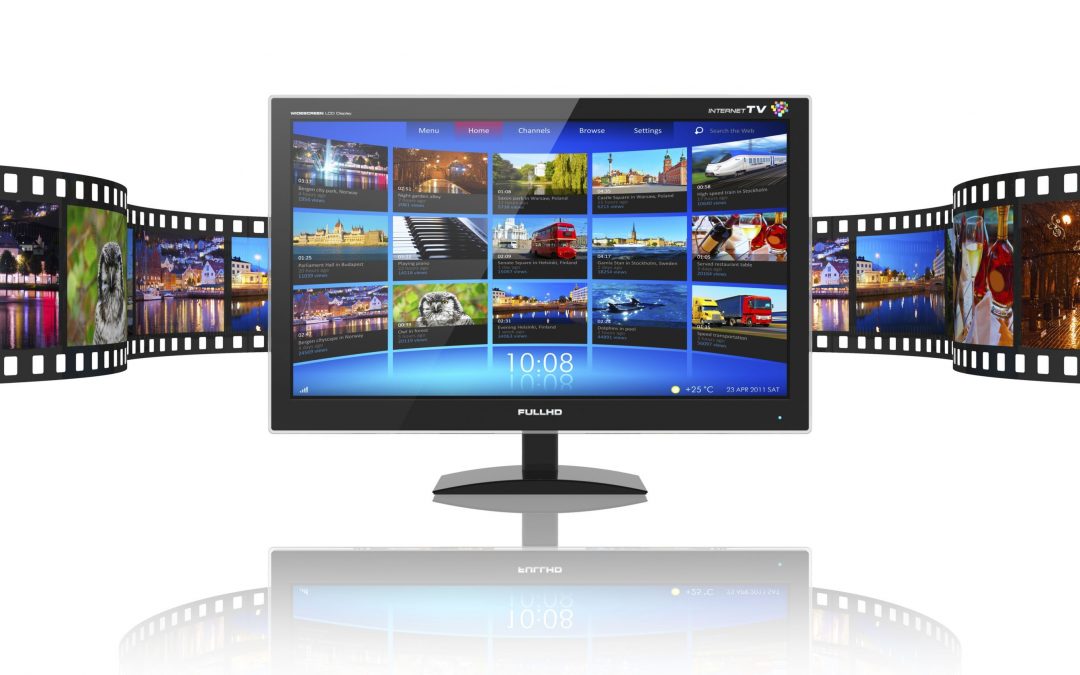The rise of streaming services has challenged traditional TV channels in recent years. With the popularity of services like Netflix, Hulu, and Amazon Prime Video, viewers have more options than ever when it comes to consuming television content.
One of the main reasons streaming services have become so popular is their convenience. Viewers can watch their favorite shows and movies whenever they want, without having to worry about a set schedule. In addition, many streaming services offer original content that cannot be found on traditional TV channels.
This has forced traditional TV channels to adapt. Some channels have launched their own streaming services in an attempt to compete with the likes of Netflix and Hulu. Others have started offering their programming on-demand, so viewers can watch whenever they want.
However, the rise of streaming services has also had negative consequences for traditional TV channels. With so many options available, viewers are more likely to cut the cord and cancel their cable or satellite TV subscriptions. This has led to declining viewership and ad revenue for TV channels.
In response, some TV channels have tried to create more engaging content and invest in higher-quality productions. However, this can be difficult given the high cost of producing quality television shows and movies.
Despite the challenges they face, traditional TV channels are still popular with many viewers. Live events, such as sports and award shows, continue to draw large audiences, and channels like CNN and Fox News are still the go-to source for breaking news.
In conclusion, the rise of streaming services has challenged traditional TV channels in many ways. While some channels have adapted well, others have struggled to keep up. However, there is still a place for traditional TV channels in the media landscape, and they will likely continue to evolve in response to the changing viewing habits of their audiences.

